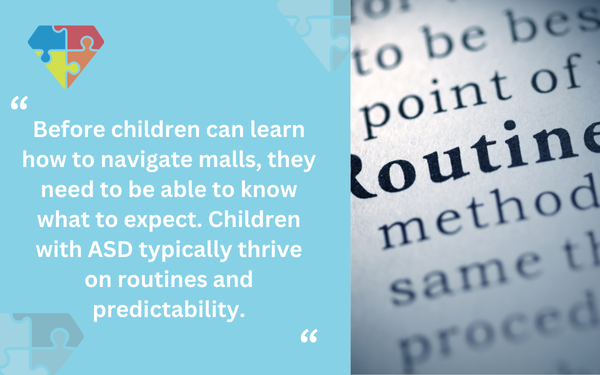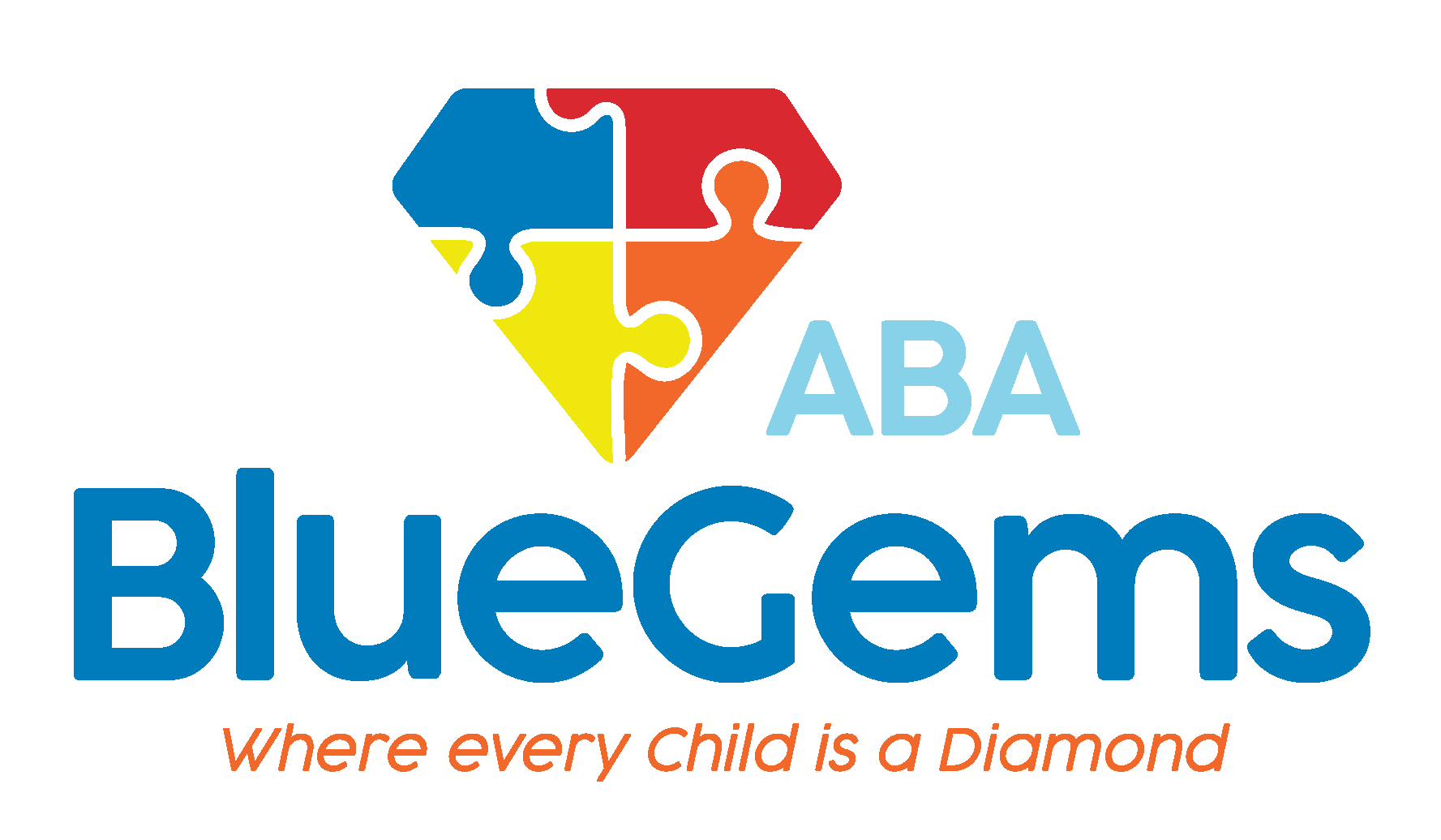Teaching Children How to Navigate Malls Using ABA
Going out in public places with children can be overwhelming, for both the parents and children. This is especially true if the place is crowded, unfamiliar and full of new sensory stimuli, such as a shopping mall.
Children with autism spectrum disorder (ASD) may face even more challenges than their neurotypical peers in these environments. That’s because they often face deficits with social interactions and communication, as well as sensory sensitivities to things such as loud noises, strong smells and bright lights.
This doesn’t mean that your child with autism can’t learn how to navigate malls and other public places, though. Through applied behavior analysis (ABA therapy), children on the autism spectrum can build the skills and coping skills to help support them in these situations.
In this article, we’ll describe how ABA therapy can teach children how to navigate malls.
Table Of Contents
Key Takeaways
- Children with autism can learn to navigate malls through structured ABA therapy.
- Visual supports and role play help prepare children for unfamiliar environments.
- Gradual exposure with therapist support reinforces new skills in real-world settings.
- Consistency in tools and rewards across therapy and mall settings increases comfort and success.
- ABA promotes independence by helping children generalize skills to public places.
Teaching Children What to Expect
Before children can learn how to navigate malls, they need to be able to know what to expect. Children with ASD typically thrive on routines and predictability.

Unfortunately, malls are usually not familiar, predictable or part of a regular routine. ABA therapists can help set the children up for success, though, at home or in the clinical setting — a familiar and controlled environment.
They may use social stories, visual schedules, videos or other supports to expose children to what they might experience in a mall before they even venture to the physical location. This will help to get them more familiar with what they might encounter, so it’s not as surprising to them once they get there.
Another common and effective technique would be role playing various scenarios that they might encounter. After watching a video showing people entering a mall through automatic sliding doors, for example, ABA therapists can practice these skills with children in other controlled settings.
| Step | Focus Area | Description | ABA Techniques Used |
|---|---|---|---|
| 1 | Setting Expectations | Help children become familiar with malls using visual aids, videos, and social stories. | Social stories, role play, visual schedules |
| 2 | Gradual Exposure | Supervised, step-by-step visits to the mall help practice and reinforce new skills. | Natural Environment Training (NET), prompting |
| 3 | Real-World Tools | Use tools like visual timers and reinforcement systems during mall visits. | Countdown tools, reinforcement schedules |
| 4 | Consistency in Support | Maintain therapy tools and strategies during mall visits to ensure comfort and consistency. | Visual prompts, consistency in reinforcement |
Gradually Exposing Children to Malls with Direct Support
Once the foundation is laid in the controlled environment, the ABA therapist can take the child on supervised visits to the mall to expose them to certain aspects of it gradually over time.
This will allow the children to practice what they learned in the controlled environment. This technique is known as Natural Environment Training, or NET, and it’s commonly used throughout ABA therapy.
NET provides therapists with a way to help reinforce the skills they teach during controlled therapy sessions to real-world scenarios. In doing so, it will promote the generalization of the skills — meaning that children will be able to apply what they learned in practical ways to different environments and situations.
To help with different scenarios such as making transitions in the mall, therapists can use visual timers or countdown tools, which can help set the child up for success.
Providing a Consistent Approach and Support System
One of the most important aspects of teaching children how to navigate malls is to provide a consistent approach and support system to what they receive during ABA therapy sessions. In other words, the tools and techniques that have been used to teach children skills in therapy sessions should be used in the real-world settings as well.
For example, if visual prompts are used to signify that it’s time to transition from one activity to the next, those same visual prompts should be brought with the child to the mall. In the same vein, the same positive reinforcement schedule and reward system should be applied to the mall as it is during therapy sessions.
What this will do is provide children with autism a great sense of familiarity and comfort as they’re navigating the mall. They will associate these tools, strategies and reinforcements with what they’ve been taught during ABA therapy sessions, and then more successfully behave in the way they’re expected.
Ultimately, this is what ABA therapy is all about — enabling children with autism to live as independently as possible by teaching them skills they can generalize to various settings and scenarios.
Blue Gems ABA Can Help Children with ASD Navigate Public Places
Navigating a mall can be challenging for any child, regardless of their developmental abilities. Children with autism may face extra challenges based on the symptoms of their ASD.
At Blue Gems ABA, our team of therapists can teach children how to navigate malls using ABA therapy. We can craft specific treatment plans for your child that will address this situation, and other public places, so that they can generalize skills they learn during sessions, which enable them to live independently.
To learn more, please contact us today.
Frequently Asked Questions
A: ABA therapy uses visual aids, practice scenarios, and step-by-step exposure to prepare children for mall environments.
A: Therapists use tools like visual timers and reinforcement to support transitions and manage sensory overload.
A: With consistent practice and support, many children can gain the skills to navigate public places with increasing independence.
A: Each child progresses at their own pace. ABA therapists adjust the plan based on the child’s response and development.




